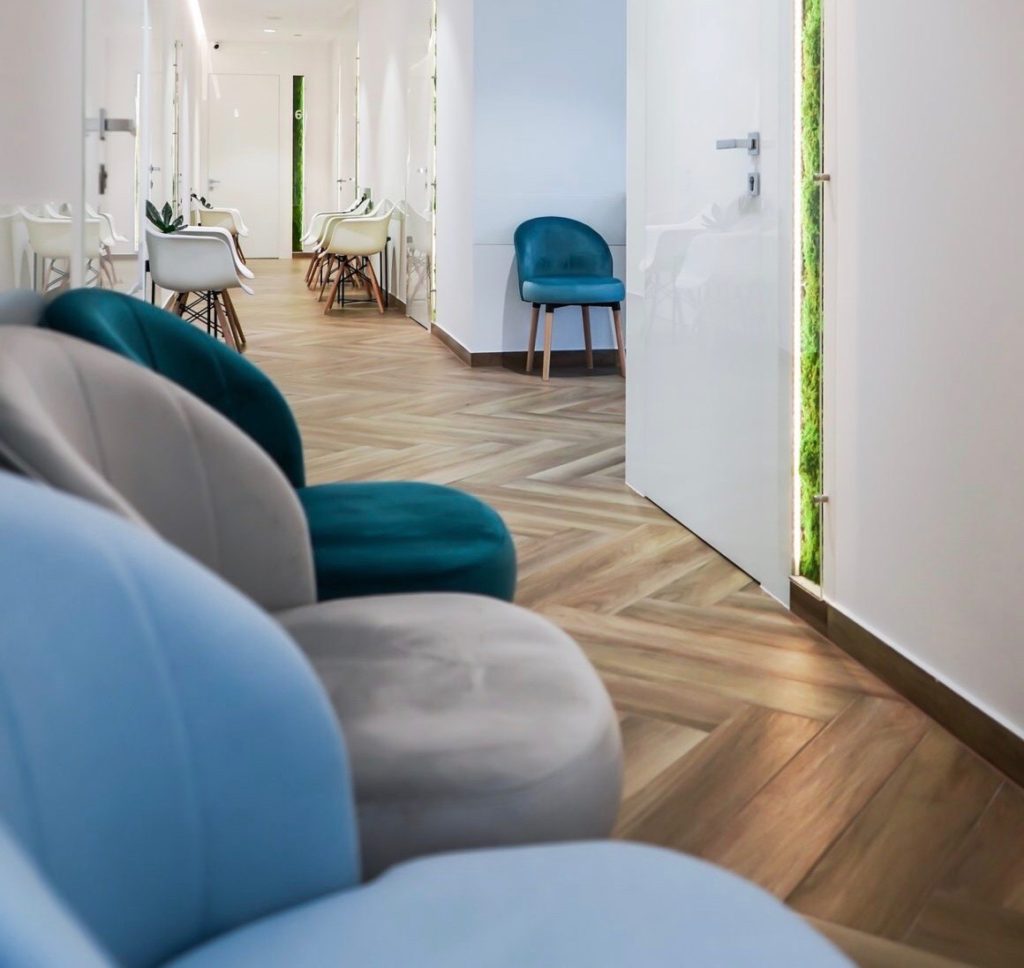In May of 2020, we published an article entitled, “The Post-Pandemic State of Commercial Real Estate.” It was an update that included data from early 2020, and our forecast for where commercial real estate (CRE) would be heading when the virus tapers off. But as COVID-19 continues to spread throughout the country, it continues to change the landscape of the CRE industry. Each sector is facing new challenges and developing new ways to jump their financial hurdles. But the pandemic and resulting economic struggles haven’t impacted any other sector in quite the same ways as medical real estate.
Creative Financials
In the early half of 2020, the world became laser-focused on healthcare workers, championing frontline workers for their sacrifice and commitment. But some health practices were left in the dark—quite literally—as they temporarily closed their doors and halted elective procedures. Some limited their capacities and adjusted their patient schedules to account for social distancing. And others faced empty ER waiting rooms, as many became increasingly fearful of catching the virus.
As health systems navigate a challenging year, some are developing creative strategies. A few hospitals have filed for bankruptcy and then “unfiled,” in order to become eligible for a Paycheck Protection Program loan. Becker’s Hospital Review lists three specific health entities that recently did just that: Eastern Niagara Hospital, Calais Regional Hospital, and Faith Community Health System. The three healthcare companies filed for either Chapter 9 or 11 bankruptcy and then requested a dismissal of their case in order to apply for the PPP loan.
HCA, a health system based in Nashville, Tennessee, also found a creative way to pay employees. As the ban on elective procedures lifted, they lacked their former capacity of patients to keep up the previous workflow for their staff. The Tennessean explains that in response to the lower patient count, HCA moved 110,000 of their staff to quarantine and pandemic pay. This measure supplied employees with a portion of their pay. Hospitals using the PPP loans and changing pay structures are just a few of the examples of the creative avenues health systems are taking to sustain their practices.
Healthcare Real Estate
In a recent article, HREI cites a JLL report that includes a few key points for how the pandemic will impact the future of healthcare real estate. Between The Great Financial Crisis and today, national occupancy of medical real estate has ranged between 91%-93%. In fact, throughout the lockdown, rent collections were around 90% for the largest owners of medical office space. They also experienced limited rent relief or deferment. This data infers that medical real estate is still a solid investment choice.
Telehealth
The use of telehealth has certainly increased this year. Many health systems had little to no choice but to jump on board with virtual health options for their patients. However, that doesn’t mean health systems will permanently switch to virtual visits. For one, many patients don’t have access to the same, basic medical equipment necessary for even routine checkups. Thermometers, stethoscopes, and blood pressure cuffs are not always readily available in home medicine cabinets. But the limitations of telemedicine are not the only reason why health facilities may slowly but surely see an increase in patient visits as the virus subsides.
Telehealth has virtually expanded medical units, providing access to potentially more patients than a physician could previously reach. Patients that might have been hesitant to drive long distances for a visit may be more willing to schedule a virtual meeting. And that means physicians have the potential to increase their patient base. An increase in patients could result in more in-office visits in the long run.
Medical real estate is not out of the woods just yet. COVID-19 continues to create an economic roller coaster. Medical facilities are still gaining back lost income and handling staffing needs as they come. Hospitals will continue to need the support of their local communities as they endure a highly infectious virus alongside the budgetary needs of their organizations. But the promising strategies in play across the industry are strengthening the healthcare real estate sector of CRE.
If you are interested in learning more about investing in commercial real estate, or if you have questions about buying, selling, or leasing a commercial property, please contact an HBRE advisor. Our team of experienced CRE professionals have the skills and insight to assist with all property transactions. To reach out to us directly, email [email protected] or call 615-564-4133.




